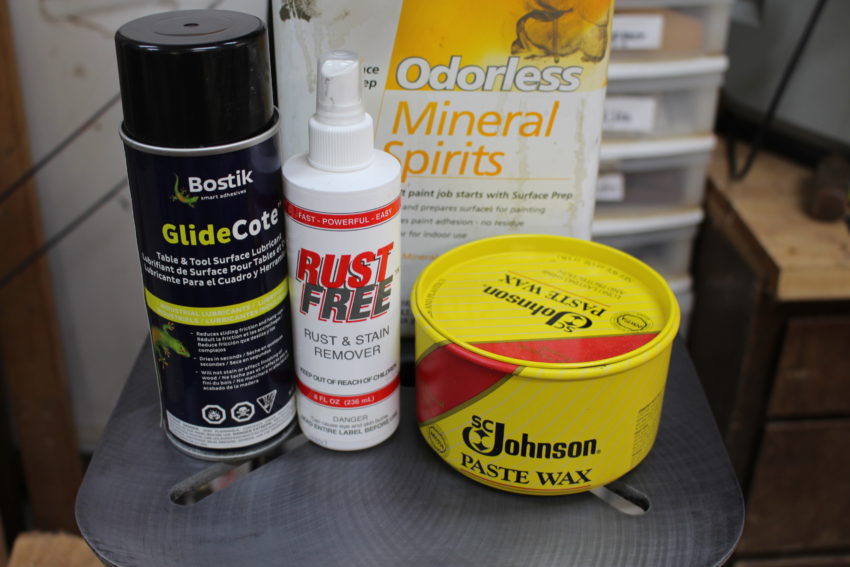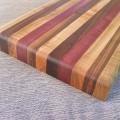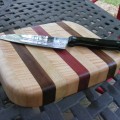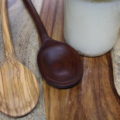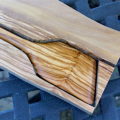I hate it when my tools get rusty, especially when that happens to my table saw or the surfaces of my other power tools. In this post, I want to show you how to remove table saw rust. Of course, the best way is to not let it happen to begin with. But I digress.
While my son kept his project car in the garage, I stored my Grizzly table saw in the shed. Unfortunately, moisture found its way in and the top of my table saw got very rusty. So, proper storage has become a big lesson for me. If you can minimize the moisture and keep your tools dry, chances are you won’t even see any rust.
My son sold his Camaro the end of last year, and I moved the table saw back to the garage. So, now I had my table saw back where I wanted it, but I wasn’t sure how to get rid of the rust.
After doing some research, I discovered that there are different approaches to removing the rust and protecting from future rust. Some methods are more expensive and some are cheaper.
So, I’ll show you some of the products I used and what I recommend. For your convenience, I’ve included a few Affiliate Links if you want to read reviews on these products.
The Research
After hitting several woodworking forums and viewing a few YouTube videos on how to remove table saw rust, I decided on a few things I wanted to test out. I purchased a couple of products from my specialized woodworking store and a couple from my home improvement store.
The first specialty product — Rust Free — is a rust and stain remover. You simply spray it on the rust and wipe it off. The product works really well. In my case, I needed to use a Scotch Brite pad to help cut through the rust. I even learned that you can place the Scotch Brite pad under an orbital sander and therefore get a little more power to scrub away the rust.
The second specialty product is called GlideCote, and it’s made by Bostik. This is used to seal and protect from future rust and it reduces the friction on your table saw surface. It’s also petroleum and silicone free so it won’t build up or affect the finishing of your wood.
Check out the photos below to see how well these products worked on my table saw.
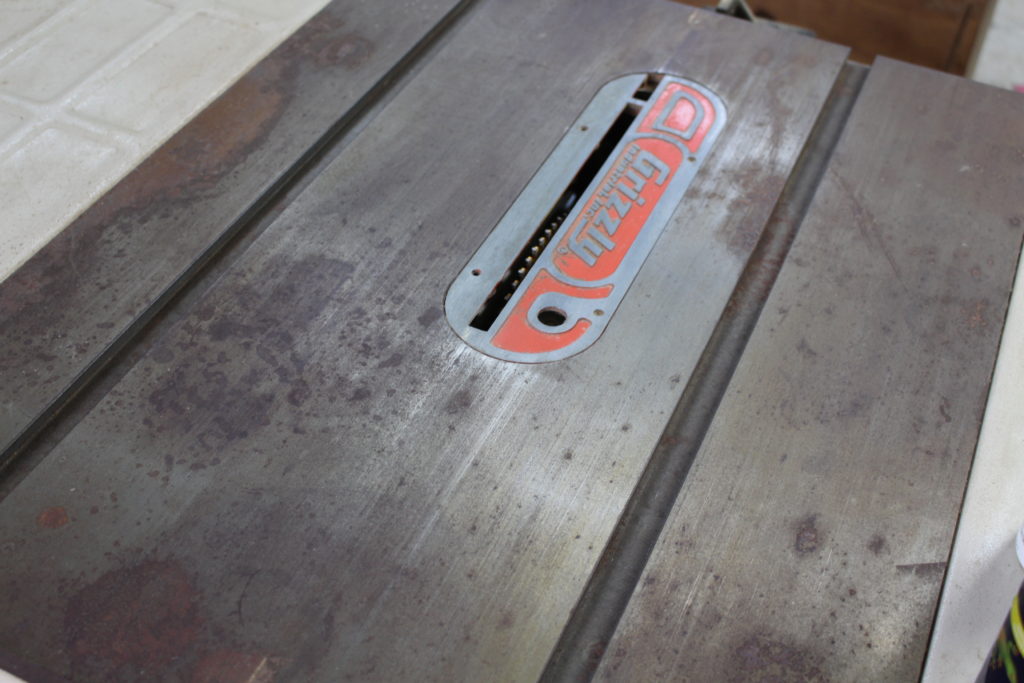
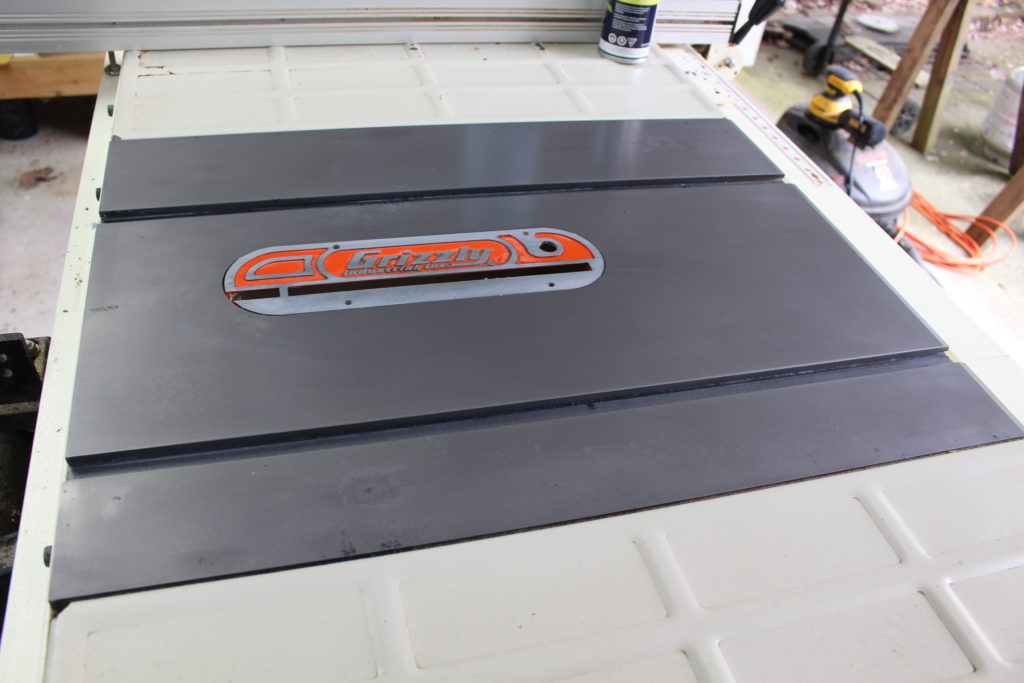
I also used the products on my lathe bed. See before and after photos below. My tail stock and tool rest glided very efficiently along the lathe bed after I used these products.
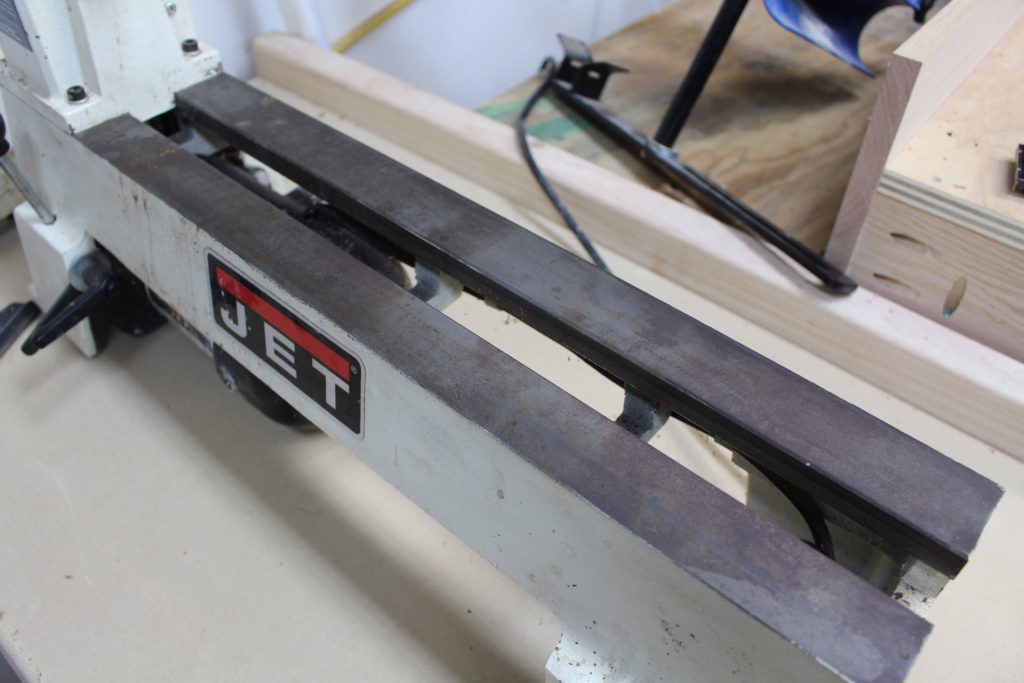
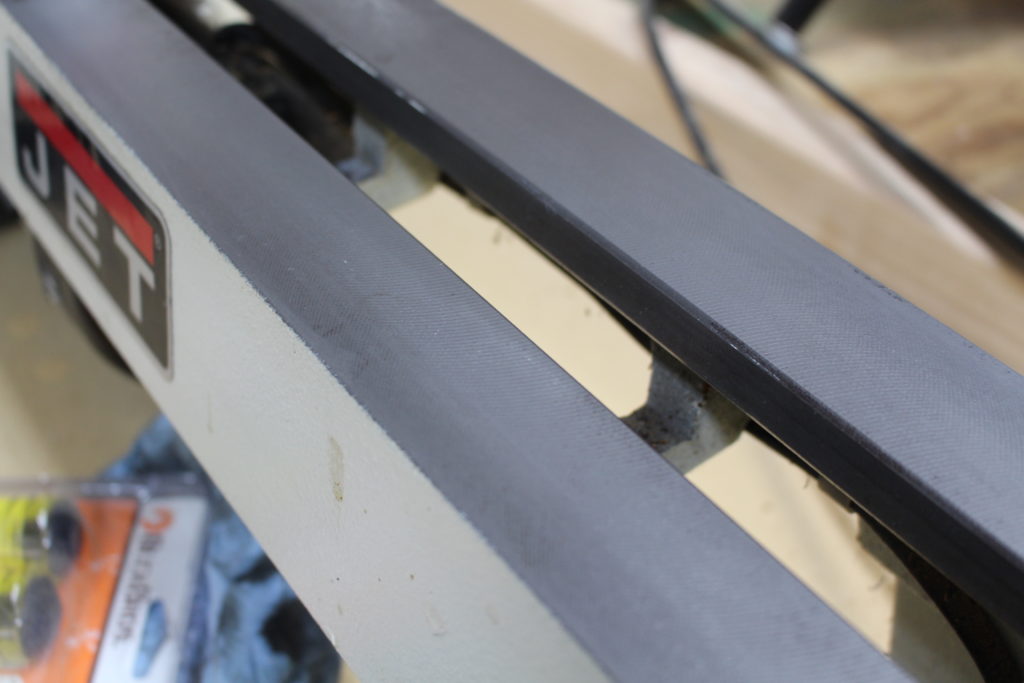
The Home Improvement Products
The other way to do this is to use products from your common home improvement stores. To remove the rust, mineral spirits seemed to be highly recommended on many of the forums. Then to protect the metal, Johnson’s Paste Wax seemed to be the consensus method.
Let’s Compare the Products
I decided to compare ALL these products by doing a test. Let’s compare them and see which ones perform the best.
My drill press table had begun to accumulate some stains and rust, so I’m going to test the products side-by-side on the drill press table.
Below is a photo of the drill press table before I applied any chemical cleaners. Pretty nasty looking right?
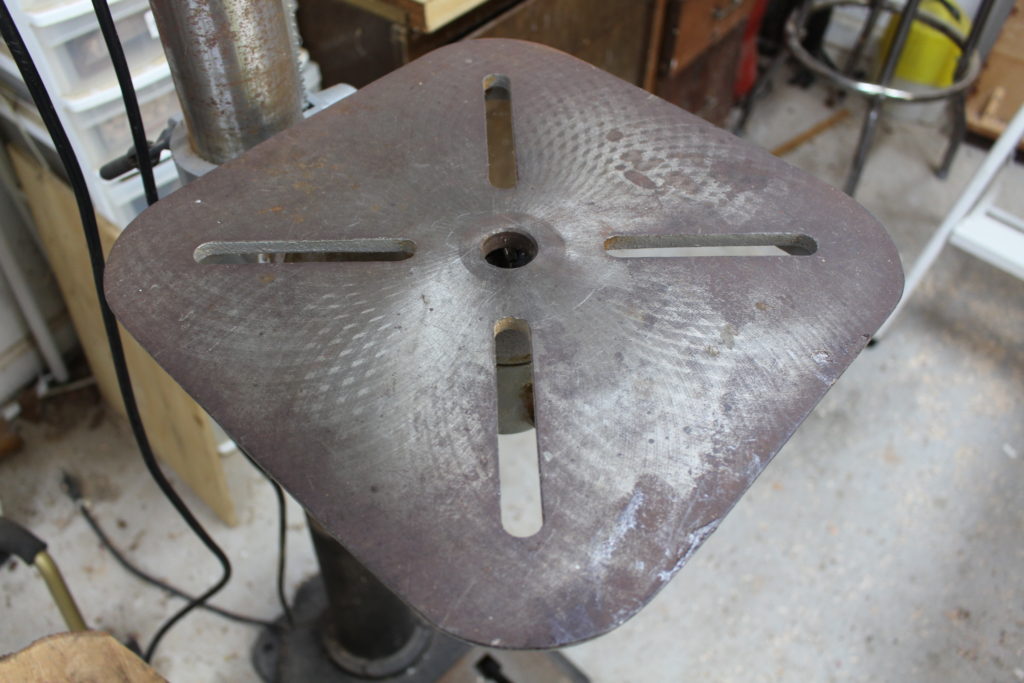
Below is a photo of the cleaning products I’ll be using. On the left side of the table, I’ll use mineral spirits and on the right side, I’ll use Rust Free.
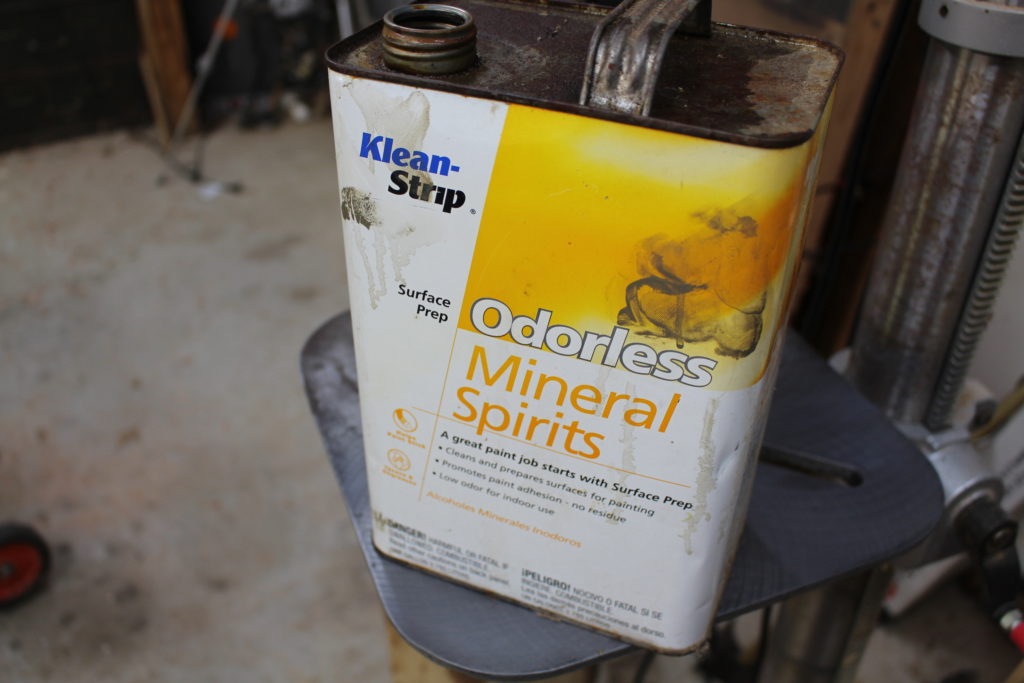
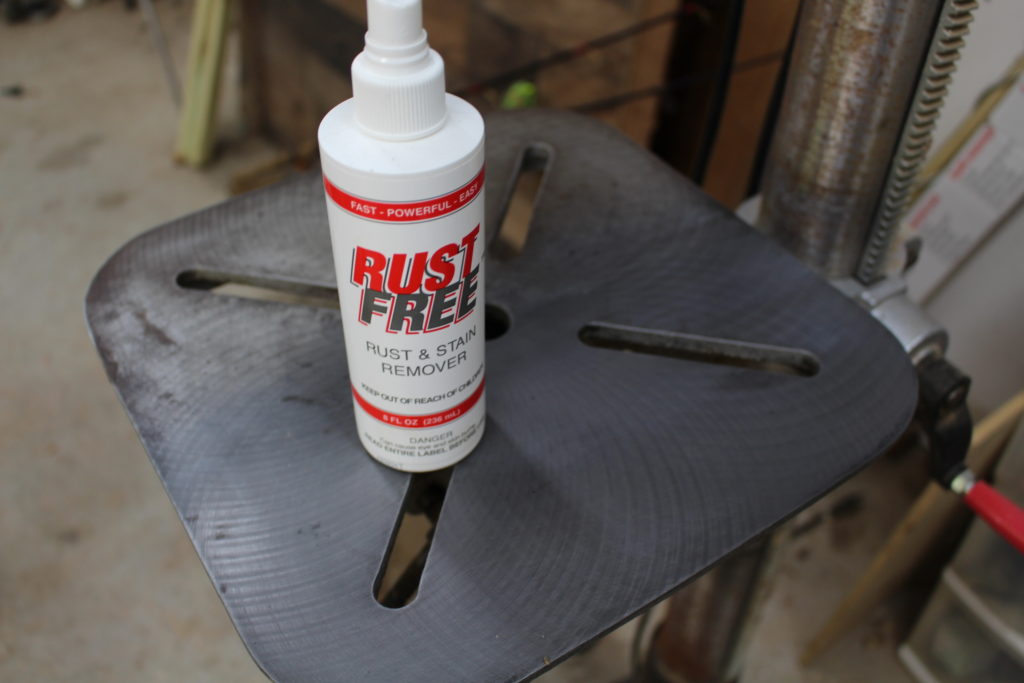
In the photo below you can see how well both products performed. The mineral spirits (left side) did a pretty decent job, but you can obviously see that the Rust Free (right side) did a superior job of removing stains and rust. I did use a Scotch Brite pad on both sides. You can even use 180 or 220 grit sandpaper to help cut through the rust.
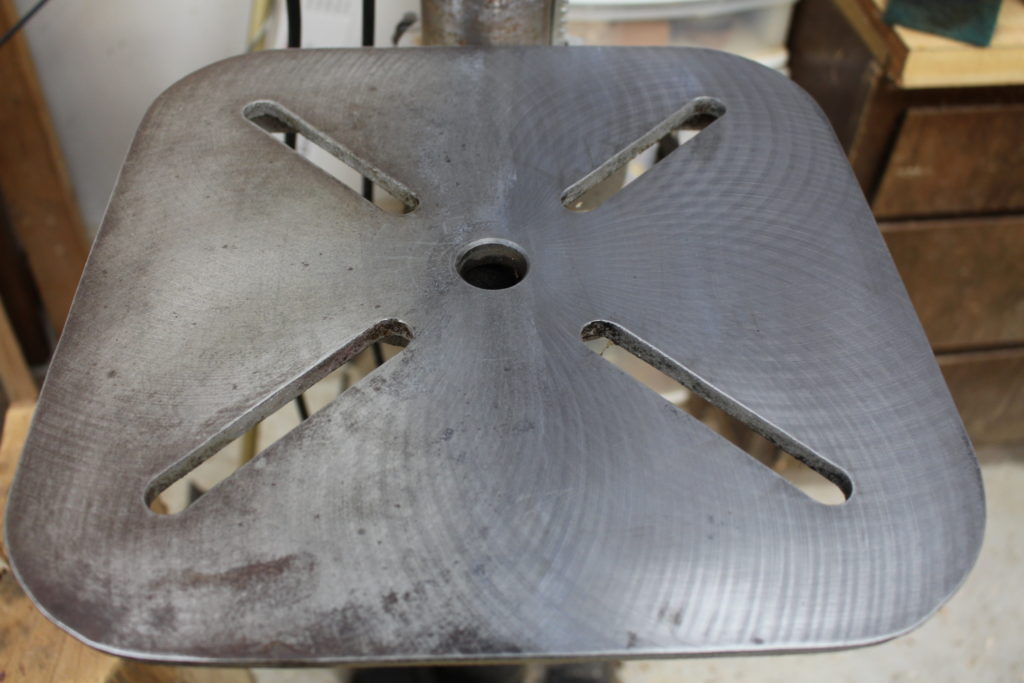
Below, you can see me applying the Johnson’s Paste Wax to the right side of the table. I decided to use the Rust Free to clean the entire surface. After wiping the table down, I applied Johnson’s Paste Wax to the right side. The container even says it’s good to apply to wood or metal. I allowed the wax to glaze over for a few minutes and then buffed with a clean paper towel.
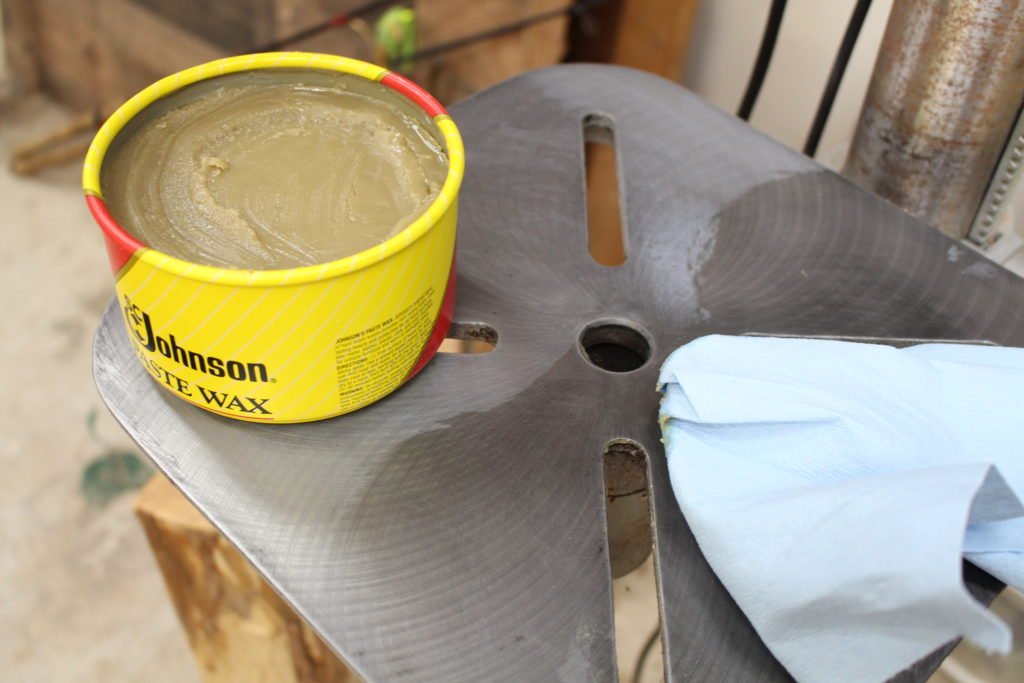
Next, I used the GlideCote on the left side. I sprayed it on and then buffed. To be honest, I don’t see an appreciable difference between the GlideCote and the Johnson’s Paste Wax.
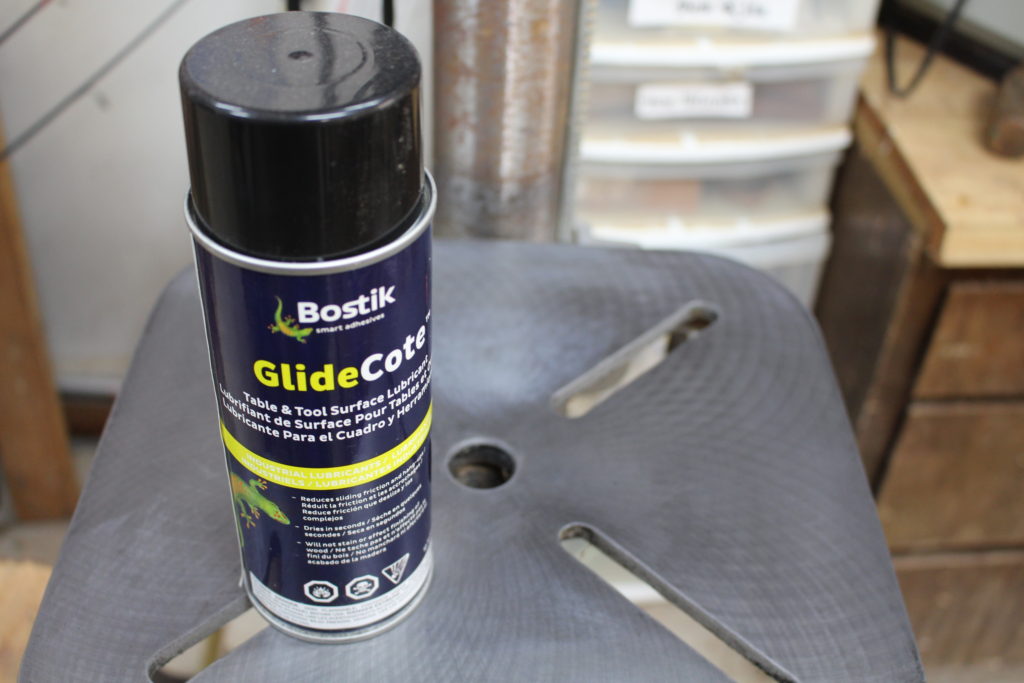
Below is the finished drill press table. Rust has been removed and the GlideCote and Paste Wax applied. It really turned out nice!
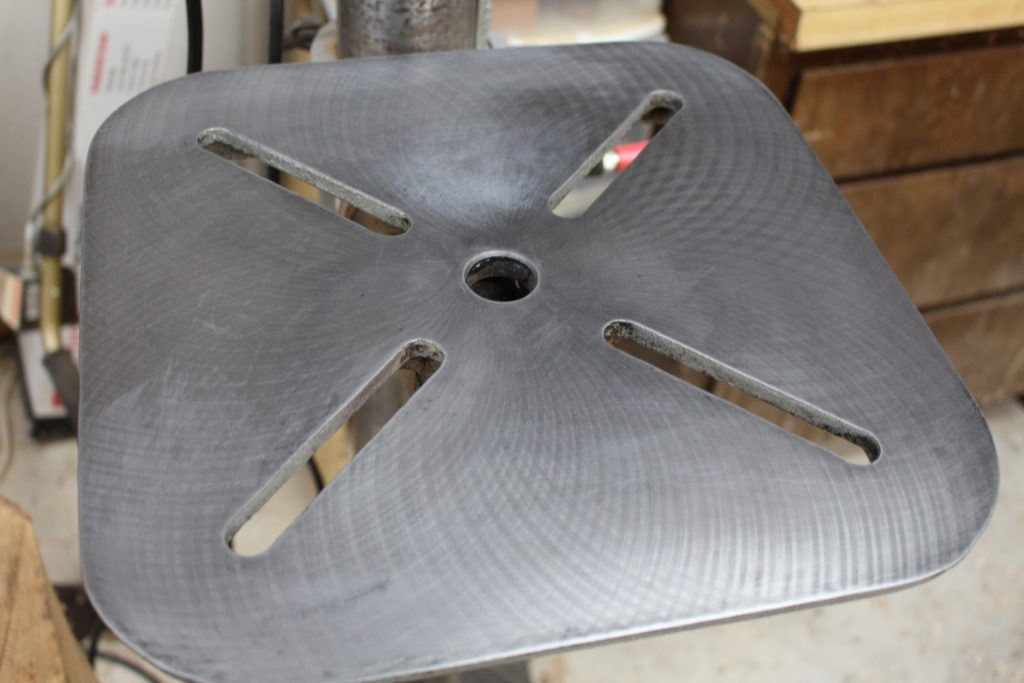
Final Recommendation
So finally–how to remove table saw rust? After my little experiment, I would recommend Rust Free to remove the stains and rust. Then I would use Johnson’s Paste Wax to apply a protective coat.
However, if you don’t have a heavy rust buildup, the mineral spirits would probably work just fine. You probably already have a container of mineral spirits if you are using oil-based paints or stains for your woodworking.
The Johnson’s Paste Wax is much less expensive than the GlideCote and it will probably go a longer way. But the Glidecote, being a spray product, is very easy to apply. Both do a great job of protecting and lubricating the surface. I didn’t notice a difference between how they perform.
I’m not suggesting that any of these products are necessarily the best for these uses. I’m sure there are other products out there that will remove rust and lubricate. I only know these products because I’ve tried them. And, NO–I’m not a spokesman for any of these products.
For the lubricating product, just make sure you’re not using something that will affect the finish of your wood. A lot of lubricants you find in the home improvement stores contain petroleum or silicone as an active ingredient, and this isn’t what’s recommended for something like a table saw surface.
Please use the comments below and leave any other suggested products that work well for rust removal and protection.
More Tips to Prevent Rust
Obviously, we’d like to prevent rust on our tools in the first place. Here are a few commonsense tips for preventing rust:
Keep your tools dry and out of the elements.
I try to make sure my garage door is closed on rainy days. But I also live in the South, so we have a high humidity here all the time.
If you’re working with green wood, then you’re exposing your tools to moisture. Just remember to wipe off moisture and apply protection after use.
Periodically, apply the wax or GlideCote to your tools after each use.
For bigger surfaces like the table saw, you could lay a thin sheet of plywood on top to keep any moisture from penetrating it.
Don’t set beverages on top of your table saw surface. If you do, just remember to wipe off any condensate.
PLEASE SUBSCRIBE
Hopefully, you have a better idea about how to remove table saw rust. Again, please use the comments field if you have any other tips or suggestions. I’d love to have you subscribe to my monthly newsletter. See the form below if you’d like to sign up. I’ll send you a free Shop Safety List when you subscribe. You’ll also get monthly updates from me on projects and tips.
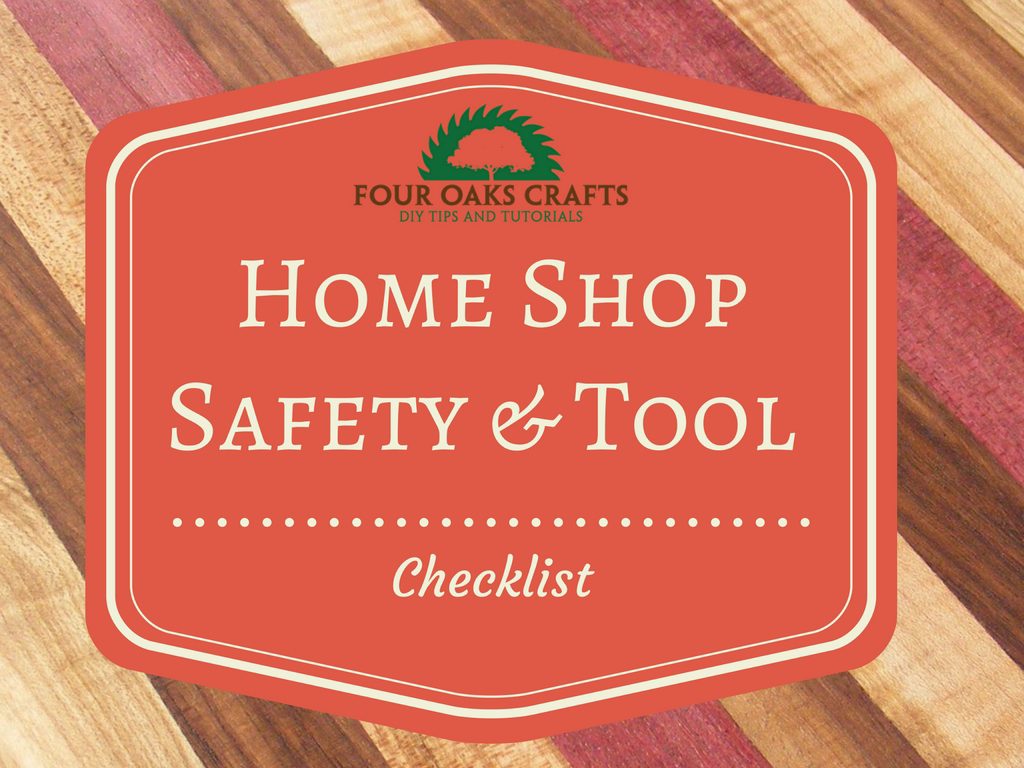
Are you starting up a new shop? Want to work safer in your shop? To help you answer these questions I've put together a 2-part checklist -- Home Shop Safety & Tool Checklist.
I will also send you updates of my latest woodworking and DIY projects. You can get all this by subscribing to my free email newsletter.
